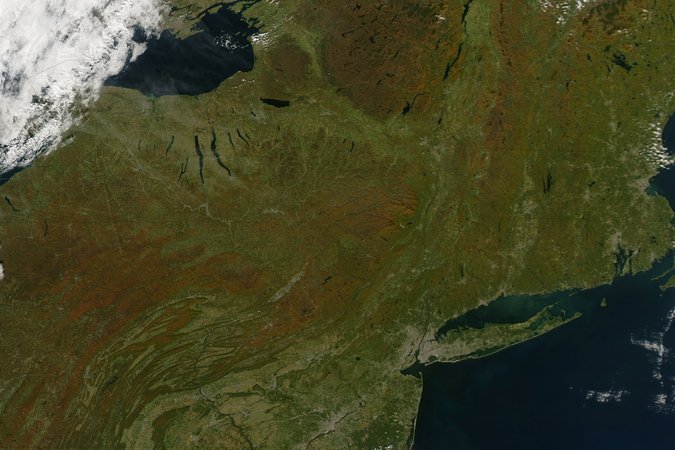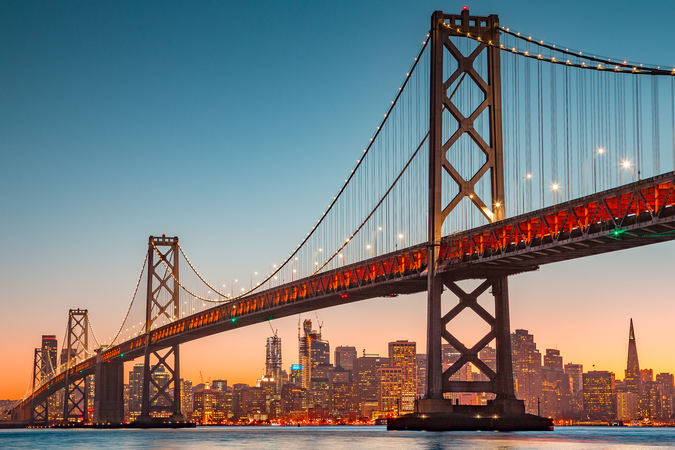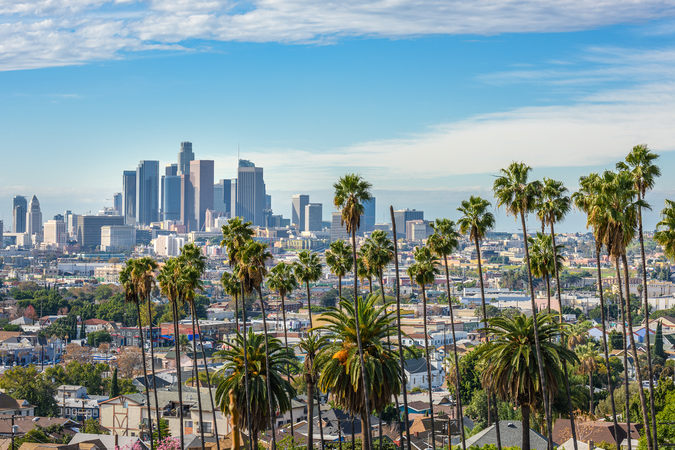Tradable Rights to Emit Air Pollution
DownloadThe use of cap-and-trade to regulate air pollution promises to achieve environmental goals at lower cost than traditional prescriptive approaches. Cap-and-trade has been applied to various air pollutants including sulfur dioxide, nitrogen oxides, and volatile organic compounds in the United States and carbon dioxide in the European Union. This corresponds to what is likely to become the most expensive environmental undertaking in history—the effort to reduce the heating of the planet. However, the efficacy of a cap-and-trade policy for carbon dioxide depends in large part on the design of the program. In addition to the level of the cap, the most important decision facing policymakers will be the initial allocation of emissions allowances. The method used to allocate tradable emissions allowances will have significant influence on the distributional impact and efficiency of the program.





